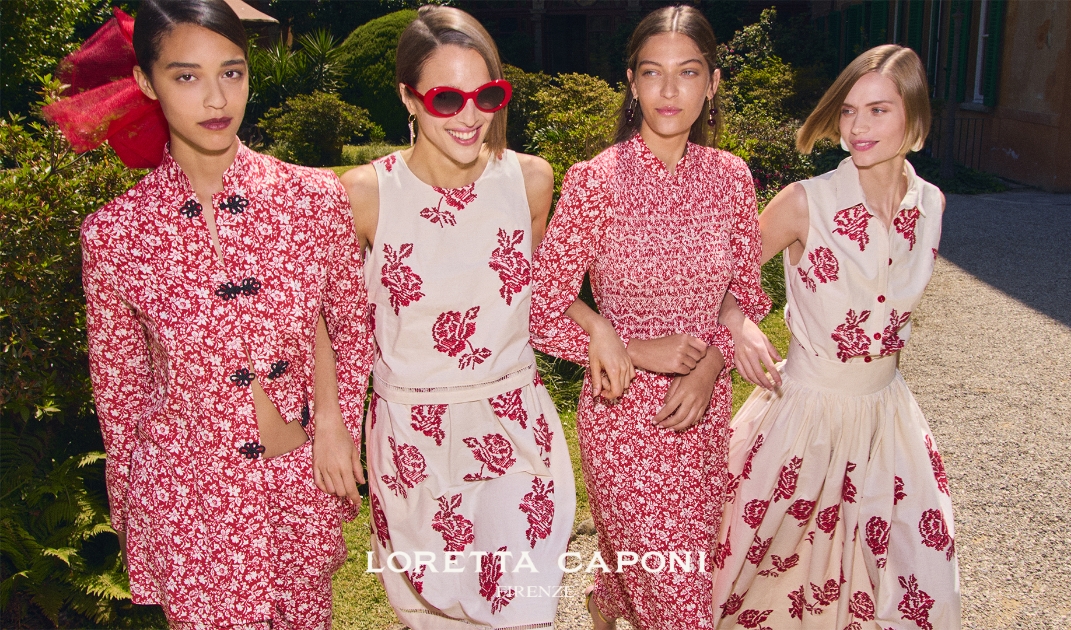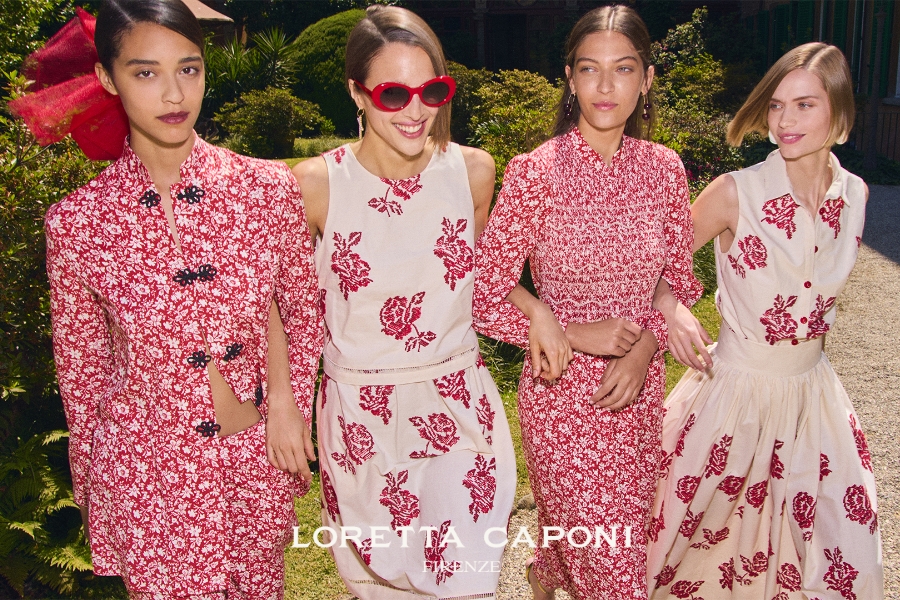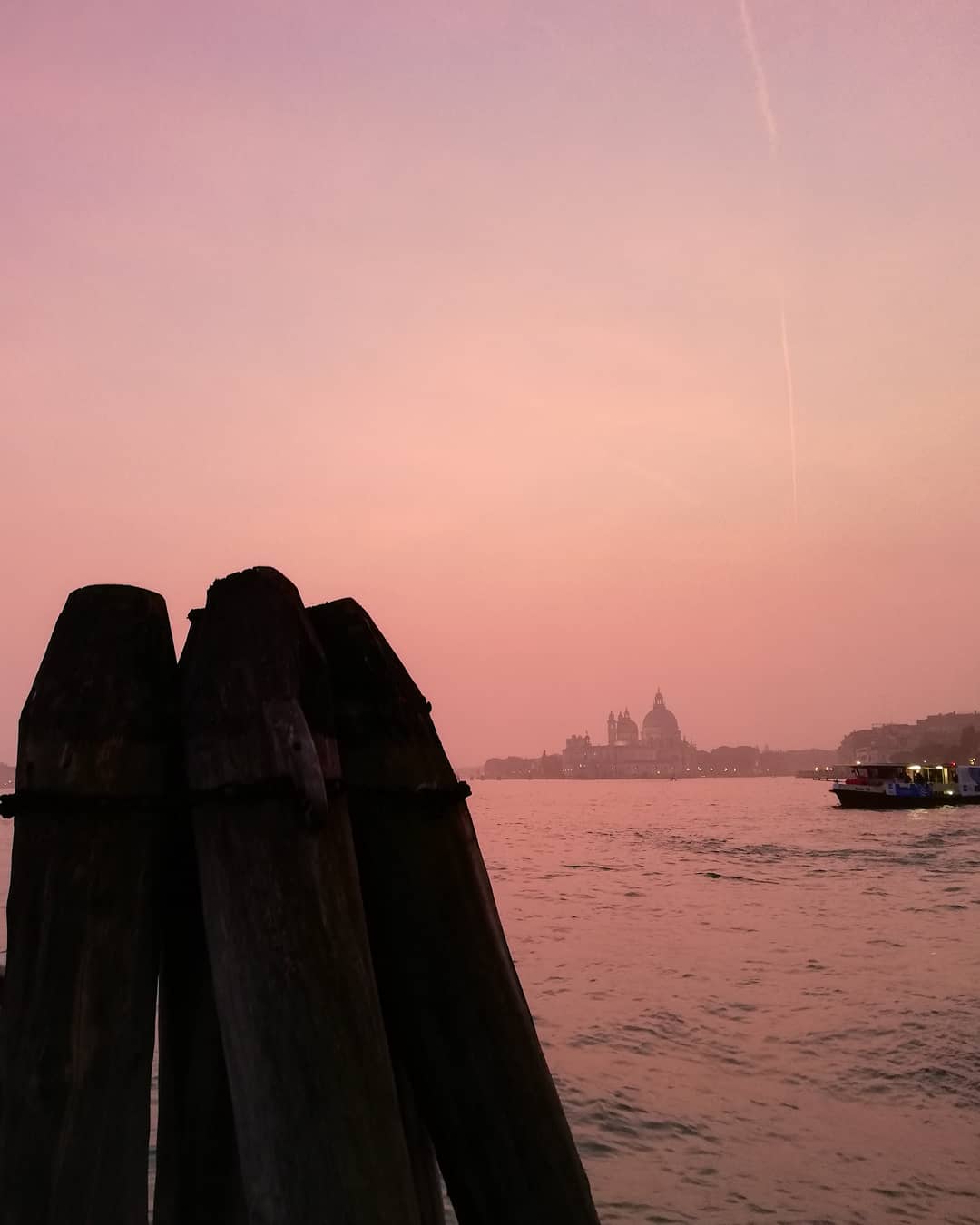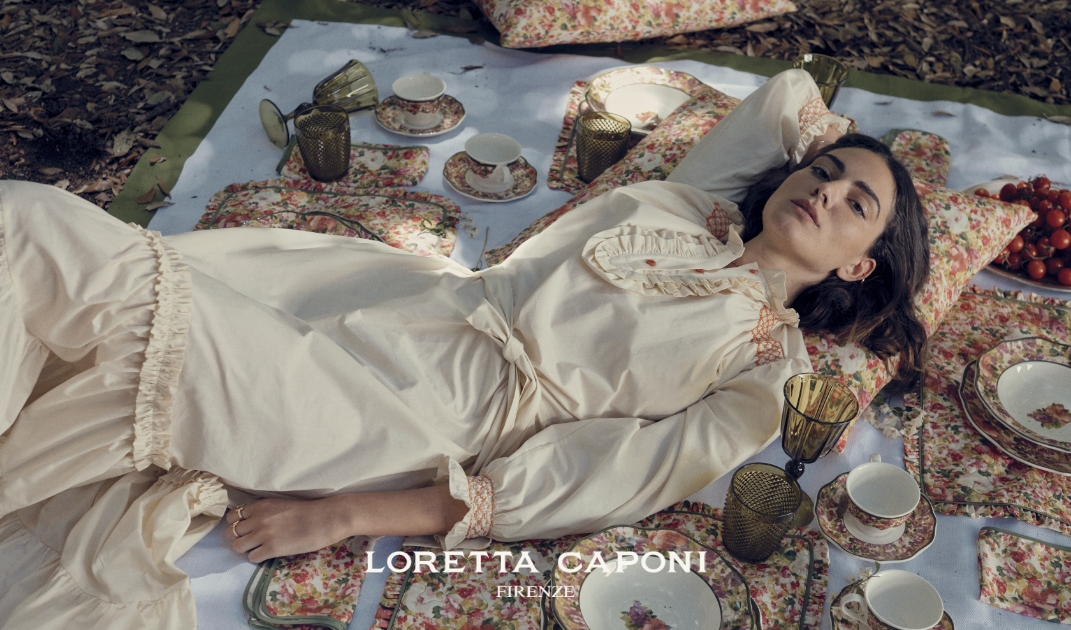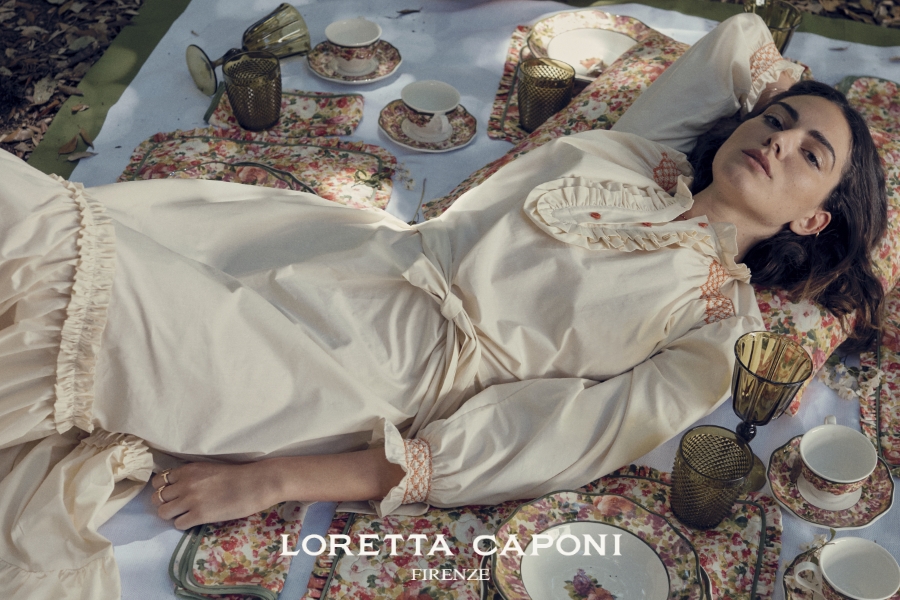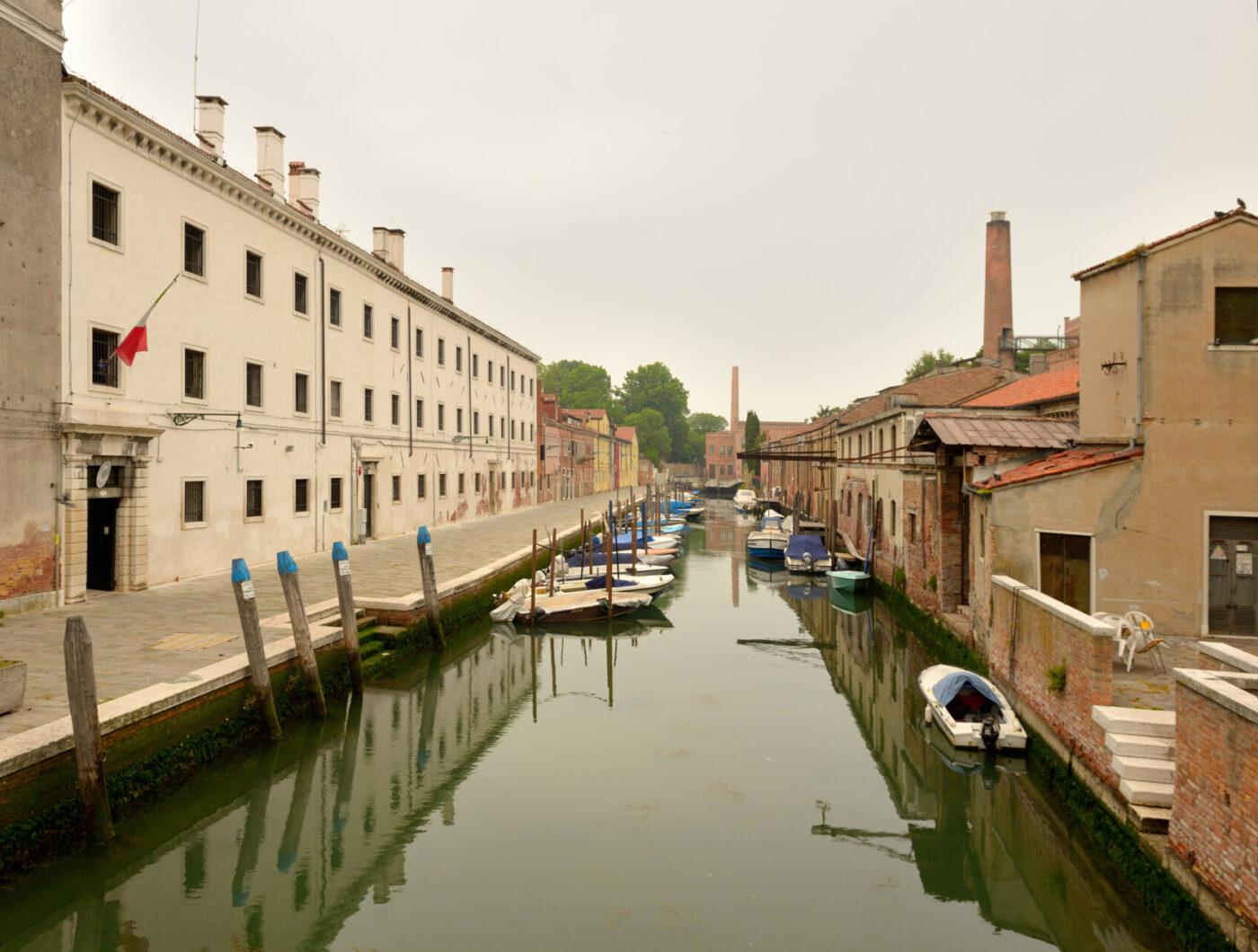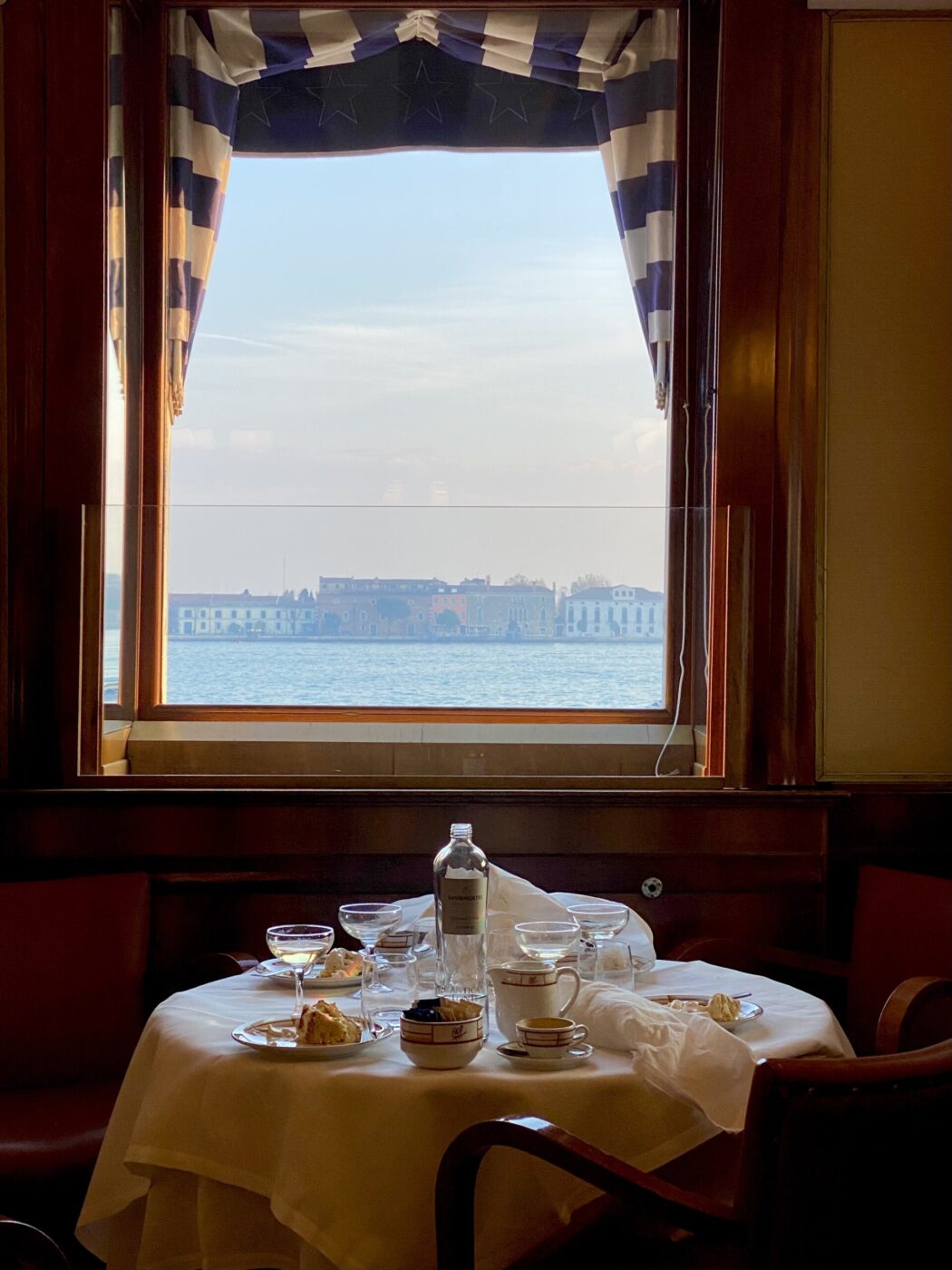Gliding through Venice’s glassy canals toward Giudecca, the beauty of the journey is at odds with what awaits: a women’s prison, a place often associated with isolation and despair. Yet behind the imposing walls of the Casa Reclusione Femminile lies something unexpected—a hub of creativity and transformation. This prison is not just a place of confinement but a beacon of hope, where innovative programs connect female inmates with the wider community, offering them a chance at renewal and reintegration.
Among them is BancoLotto No.10, where women learn dressmaking to create luxurious, 1950s-inspired garments sold at a boutique in the heart of Venice. Other projects include producing toiletries for the renowned Hotel Bauer and operating a working farm within the prison, with fresh produce sold at Venetian markets. Perhaps the most groundbreaking effort came in 2024, when the Vatican hosted an art exhibition for the Biennale, staged inside the prison itself. The projects led by the female inmates of Casa di Reclusione, designed to reconnect them with the wider world, are deeply rooted in the principles of beauty, creativity, and restorative justice. These initiatives are designed to not only teach skills that can be valuable upon release but also foster healing and reintegration by bridging the gap between the inmates and society.
Behind many of these ventures is La Cooperativa Sociale Il Cerchio ONLUS, founded in September 1997 with the initiative “to reintegrate former prisoners into society, in both a professional and social aspect, and to facilitate collaborations with public and private entities.” From its headquarters on the Calle del Teatro, the social cooperative has overseen the successful implementation of a number of projects for both male and female prisoners in Venice; to date, they’ve worked with over 800 prisoners and ex-prisoners to find job placements behind bars and beyond.
Arguably, their most thrilling work centers around the all-female prison, Casa di Reclusione Femminile, formerly a 12th-century monastery that was built at the farthermost confines of Giudecca to ensure utter tranquillity and seclusion from the wider world. This monastic mission took on a slightly more pragmatic note when the site was acquired by the Venetian Senate in 1611 and converted into a hospice for reformed prostitutes and unwed mothers. This in turn laid the foundations for its ultimate conversion into a female prison in 1859 and presided over by the Order of the Sisters of Charity. After 1990, the nuns were relieved of their duties and the prison was incorporated into the wider Italian justice system. Now it is one of just four female prisons in Italy with 77 current inmates and the capacity to hold 112 women, committed for non-violent crimes related to the likes of drugs and theft.
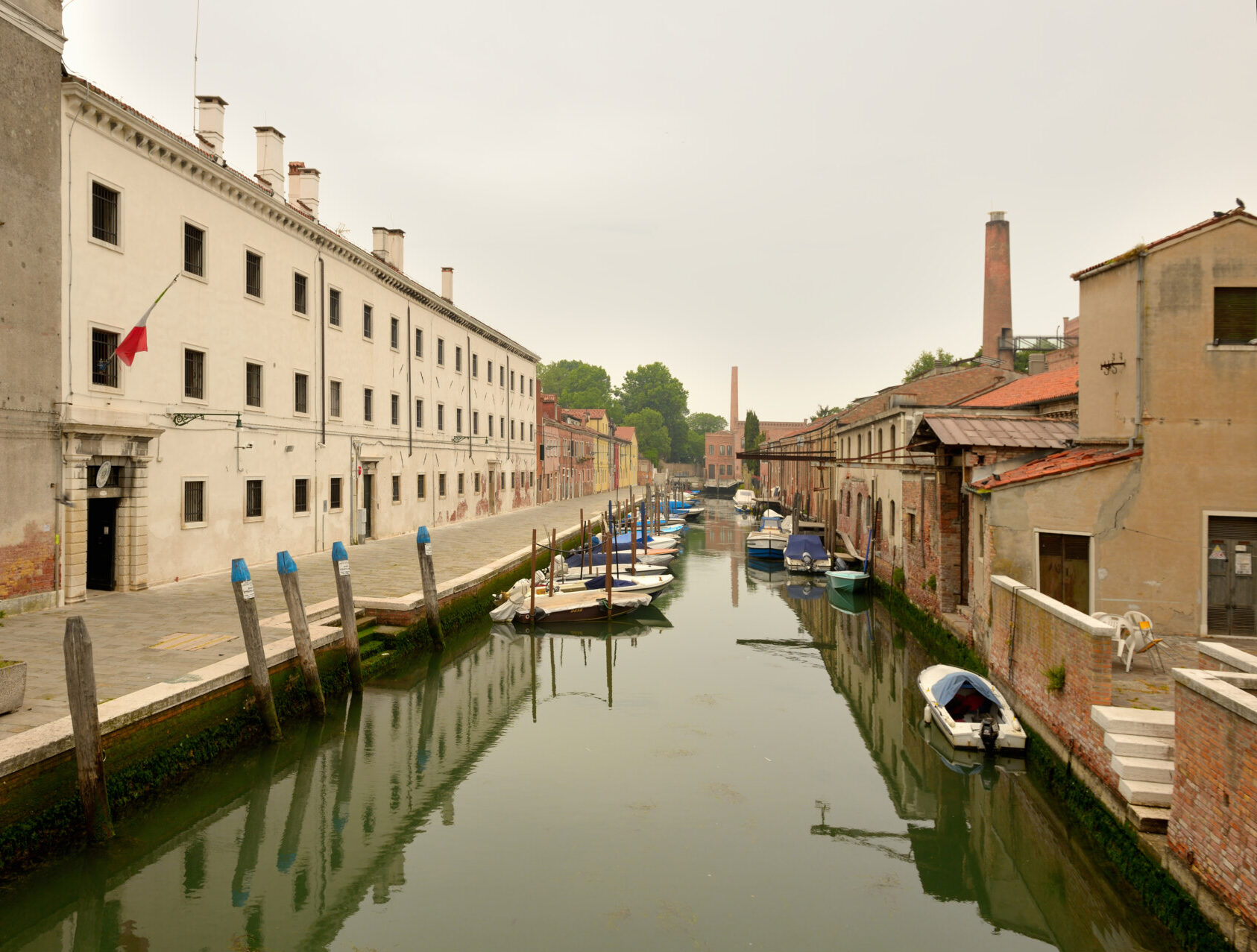
Exterior of Casa Reclusione Femminile on Giudecca; Photography by Wolfgang Moroder
Il Cerchio entered the picture in June of 2000, when the cooperative was given permission to liaise with the prison. “At that time, the activities were limited to minimal work and small tasks within the prison. Only 10 women were allowed to participate,” explains Riccardo Tomasella, who runs the tailoring program at Il Cerchio. He tells me that the idea of the dressmaking workshop actually dates back to the end of the 1960s when the inmates crafted “delicate wedding trousseaus.” That project “eventually petered out due to the lack of nuns available to help them.” Logistics made its aughts resurgence slow-going, but “prisoners were enthusiastic from the start,” Tomasella adds.
Il Cerchio set up a workshop in the prison, and trained seamstresses would visit in order to teach increasingly complex methods to the female prisoners. At the same time, Il Cerchio started to reach out to some of the most renowned fabric producers in the city, including Rubelli, Bevilacqua, and Fortuny, to ask if they might donate unwanted pieces of fabric for the prisoners to practice their craft. The first fabric donation was courtesy of Rubelli. “Then others followed,” says Tomasella.

Courtesy of @sartoriabancolotto10
The initiative was so successful that the garments made by the prisoners, crafted from such high-quality fabrics, gained recognition beyond the prison walls. In 2003, the first shop dedicated to these wares was opened, located in a former lottery shop in Castello, and named BancoLotto No.10.
Venice sat up and took notice, and new collaborations cropped up to bring the inmates’ efforts to wider public attention. In 2008, Teatro La Fenice, one of the city’s historic opera houses, commissioned the prisoners for a dress for protagonist Rosina in Gioachino Rossini’s Barber of Seville. “Such was the success that they subsequently made costumes for Aida, the Cavalleria Rusticana, and Othello,” Tomasella tells me. Further collaborations followed: gifts for the Galleria Borghese; a fashion show at the Fondaco dei Tedeschi; in 2013, the first Banco Lotto stand at the Venice Film Festival, now an annual occasion.
“The women genuinely find satisfaction in their work,” continues Tomasella. “One remained after the end of her sentence, and we know of various prisoners who opened dress shops after their release in Turin, Cavallino-Treporti, and also Romania.” Most important too is the fact that “the prisoners are paid for their work and have a regular contract, so that when they leave prison they have savings to prepare for their independence.”
It’s worth venturing that the instantly recognizable style of BancoLotto’s clothes has facilitated its success. Inspiration is found in the classic silhouettes of the 1950s–high waistlines, demure hems, and an emphasis on tailoring to mold the garment to the curves of the female body. Over the years, they have perfected a collection of classic silhouettes, crafted from whichever fabrics have been generously donated, whether jewel-toned silk taffetas or cottons and linens in a wide array of colors. Creativity is also encouraged in a range of one-off designs inspired by the materials at hand, which has led to stunning pieces like embroidered overcoats and whimsical dresses. Garments can be tailored on request and at a remarkable turnaround. (I have always thought that the ultimate level of bespoke would be to commission a wedding dress from BancoLotto–maybe one day.)
This work also inspired the creation of Venice’s only industrial launderette. In 2004, Il Cerchio helped transform the prison’s laundry—originally serving the needs of both male and female inmates—into an initiative that once again connected the prison with the outside world. The facility now offers professional dry cleaning and industrial laundry services, with a strong focus on eco-friendly practices.
As with BancoLotto, the success of the launderette has snowballed, now offering employment to over 20 female inmates and servicing companies like the Cipriani Group, who use the laundrette for the needs of Harry’s Bar and (when in season) Harry’s Dolci; meaning that I will never contemplate the pristine linen tablecloths of Harry’s Bar in the same way. Various hotels across Venice have followed suit, including the Hilton Molino Stucky, just minutes from the prison on Giudecca.
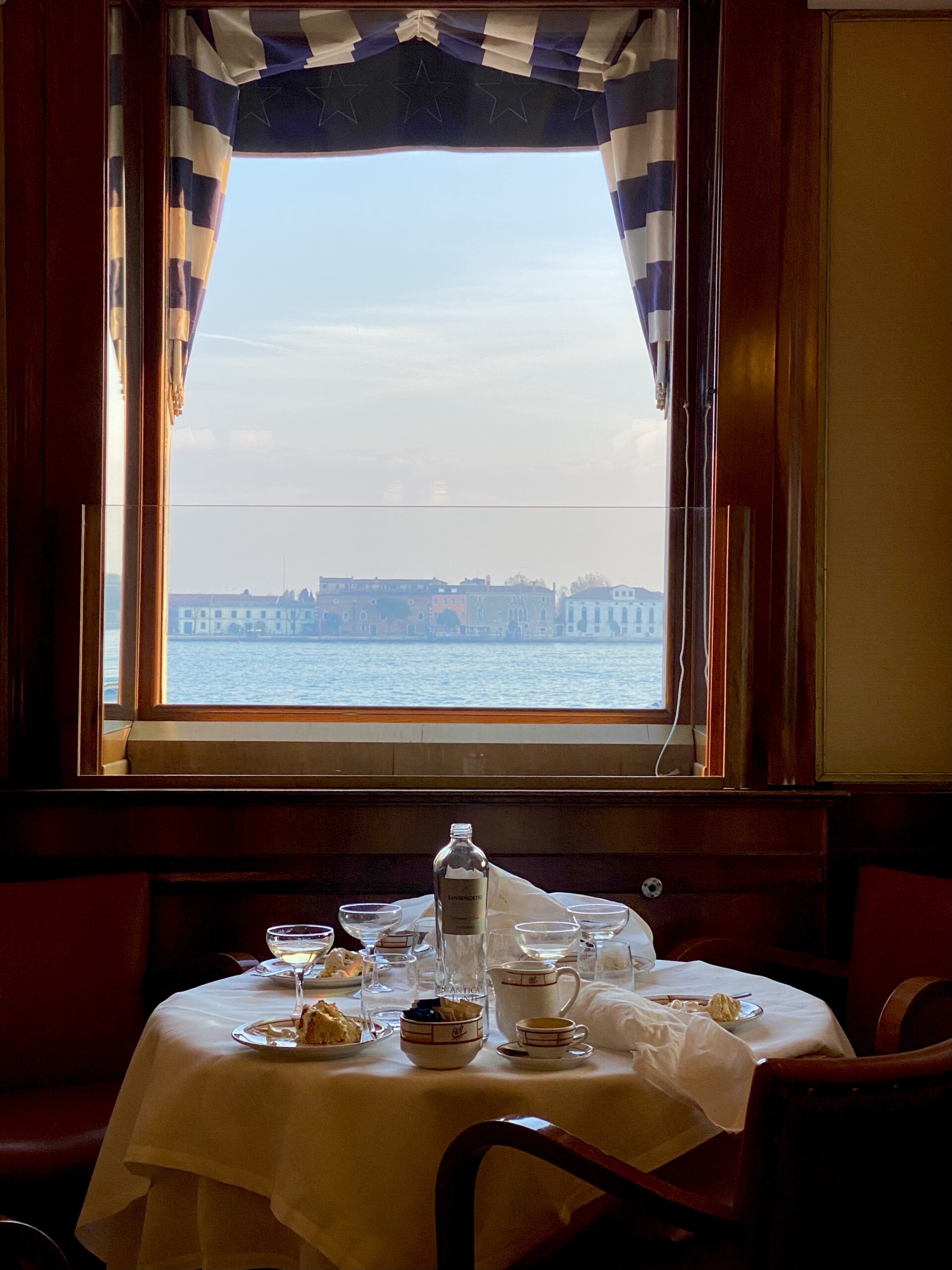
The pristine linen tablecloths of Harry's Bar are serviced by Il Cerchio
As compelling as these projects are, one issue remains: the continued anonymity of the female prisoners. While their work is acknowledged and admired, a barrier still separates them from the outside world. This changed in 2024 with the launch of the prison’s most ambitious venture to date.
For that year’s Biennale, the Vatican used the prison as the setting for art exhibition Con I Miei Occhi (With my Eyes) in collaboration with Chiara Parisi and Bruno Racine, transforming the boundaries of the prison; allowing, for once, the outside world in. The approach to the exhibition was as surreal as one might expect: security checks, phones surrendered, and strict rules forbidding any personal conversations with the inmates. But the suspense of this access accentuated the power of the exhibition. The entrance featured a mural by Maurizio Cattelan–the wrinkled bottoms of a pair of feet–on the prison’s exterior, offering a rare visual reminder of the hidden world behind its walls. Beyond that, the exhibition unfolded into an emotional and aesthetic masterpiece, showcasing works by eight artists, including neon installations and videos, displayed throughout cells and prison spaces.
Though strict security was a necessity, stepping inside fostered connection with the prisoners and their life, and brought the revolutionary initiatives of the Venetian prison into sharp focus. Visits to the exhibition were guided by inmates and included a walk through the guards’ canteen, the prisoners’ entry corridor, and the courtyard overlooking the dormitories. A poignancy pervaded in the contributions of prisoners to the artworks, in poems of their experiences in the prison, printed letters sent by the prisoners to their loved ones, and pictures of the incarcerated women’s children. The exhibition may not have had the same transformative potential as the BancoLotto and laundry projects, but what it did do is give the female prisoners’ agency and a voice.
In what is a dovetailing par excellence, the white and blue uniforms made by the prisoners who volunteered as guides were made by BancoLotto. And when Pope Francis came to visit the exhibition in April 2024–the first time a Pope has ever visited the Biennale–he was presented with a zucchetto (the traditional, ecclesiastical skullcap) made in the BancoLotto workshop. Received by the female inmates, Pope Francis spoke to them about the potential of art to rediscover beauty in themselves. Irrespective of faith, there can be no denial the pontiff’s visit made manifest the fact these female prisoners’ engagement with society is recognized and appreciated.
What new projects are on the horizon for the female inmates of Giudecca? Tomasella withholds details, but promises that there are many projects for BancoLotto in progress for 2025 and the success of the Biennale surely won’t be forgotten. Certainly, in the 900 years since a monastery was established on the prison’s site, the current activities represent its most exciting period yet. With women at the center of the narrative, this is a story of transformation, of restorative justice, of women finding purpose and creativity even behind bars.
Ultimately, the projects of Il Cerchio are a celebration of the female power to create beauty from the ashes. And if there can be one greater backdrop for a vision of transformation and beauty, that is and always will be Venice.
